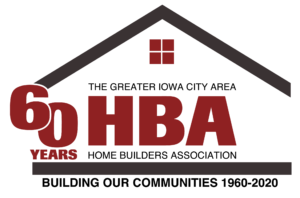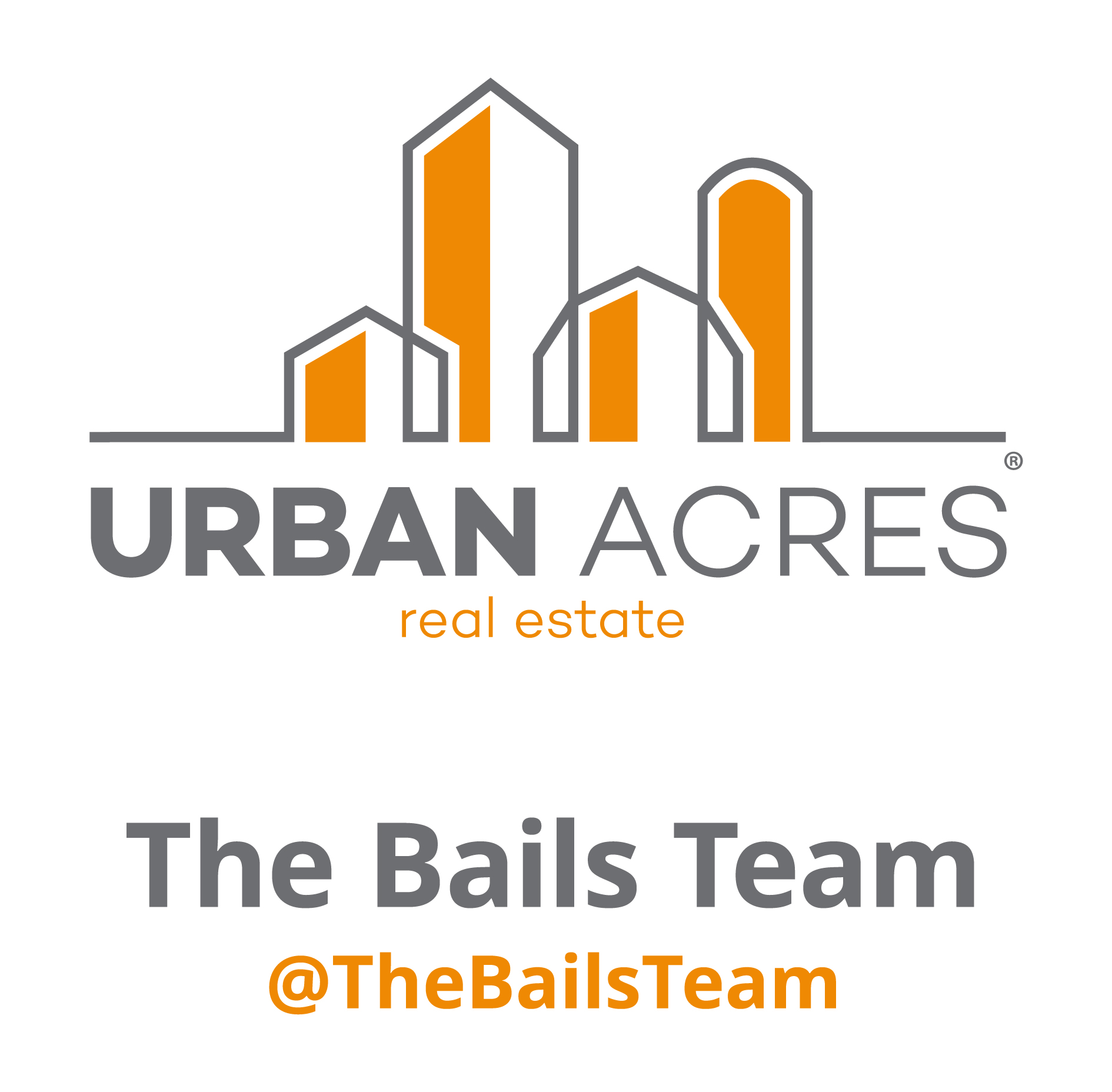How the Response to COVID-19 Will Affect the Housing Industry
An Update from The Greater Iowa City Area HBA
As America responds to the novel corona- virus, COVID-19, and practices social distancing to control its spread, the National Association of Home Builders (NAHB) is working hard to help its members respond to the economic effects. We want to make sure members are apprised of NAHB federation efforts to mitigate the economic effects of COVID-19. We also want to offer a sense of NAHB’s forecast in the context of the evolving economic slowdown.
NAHB is making available to members a broad range of materials on its website. The materials can be found at NAHB.org/coronavirus. These include economic forecasts and information about business continuity and personal preparedness. The site also includes consumer resources and materials for NAHB’s state and local partner associations.
NAHB has also conducted a series of webinars to inform members of the association’s resources, policy advocacy efforts and the industry outlook from NAHB’s Chief Economist, Robert Dietz.
In terms of industry advocacy, NAHB participated in a call with White House officials to discuss strategies for aid to the housing sector amid the COVID-19 threat that is wreaking short-term havoc on the national economy.
Less than 48 hours later, President Trump put our recommendation to provide mortgage relief to home owners into effect when he announced that HUD is suspending foreclosures and evictions for mortgages insured by the Federal Housing Administration through the end of April. Fannie Mae and Freddie Mac will follow suit and suspend all foreclosures and evictions for at least 60 days for home owners with mortgages backed by the two government-sponsored enterprises.
Congress on March 18 passed an emergency response coronavirus bill that includes tax credits to help businesses and self-employed individuals cover some of the costs of mandatory sick leave included in the legislation.
Congress is working toward a $1.8 trillion economic stimulus bill to fight the coronavirus that includes checks of up to $1,200 for taxpayers and $500 billion earmarked for loans to small businesses with fewer than 500 employees. These loans would be made available through lenders certified by the Small Business Administration.
NAHB is forecasting that second quarter GDP growth will be markedly negative, likely the worst performance since the third quarter of 2008. Approximately 40 percent of the economy is on a full or partial pause due to the coronavirus. Assuming that containment efforts are successful within an eight-week period (consistent with South Korea’s experience, where data are reliable), we forecast a weak third quarter followed by a rebound at the end of 2020.
While this 2020 downturn will be sharp, it may also be short. The economy was in solid shape at the start of 2020, which was particularly true for housing.
The short-term outlook is negative for the whole economy, but policy help is underway. The Federal Reserve reduced the federal funds rate to effectively zero, restarted quantitative easing (including for mortgage-backed securities, in response to recent liquidity concerns in the mortgage market), and made other policy moves to help ensure the continued operation of the financial system. If Congress and President Trump can agree on a $1.8 trillion stimulus package, that will help the economy bridge the gap from now through August.
This is uncharted territory, and NAHB will continue to survey the industry, analyze the data and advocate on behalf of our members. NAHB has gone into overdrive to help members understand and respond to the fast-changing economic environment.
History suggests a robust rebound will follow this significant but temporary shock to the economy.





